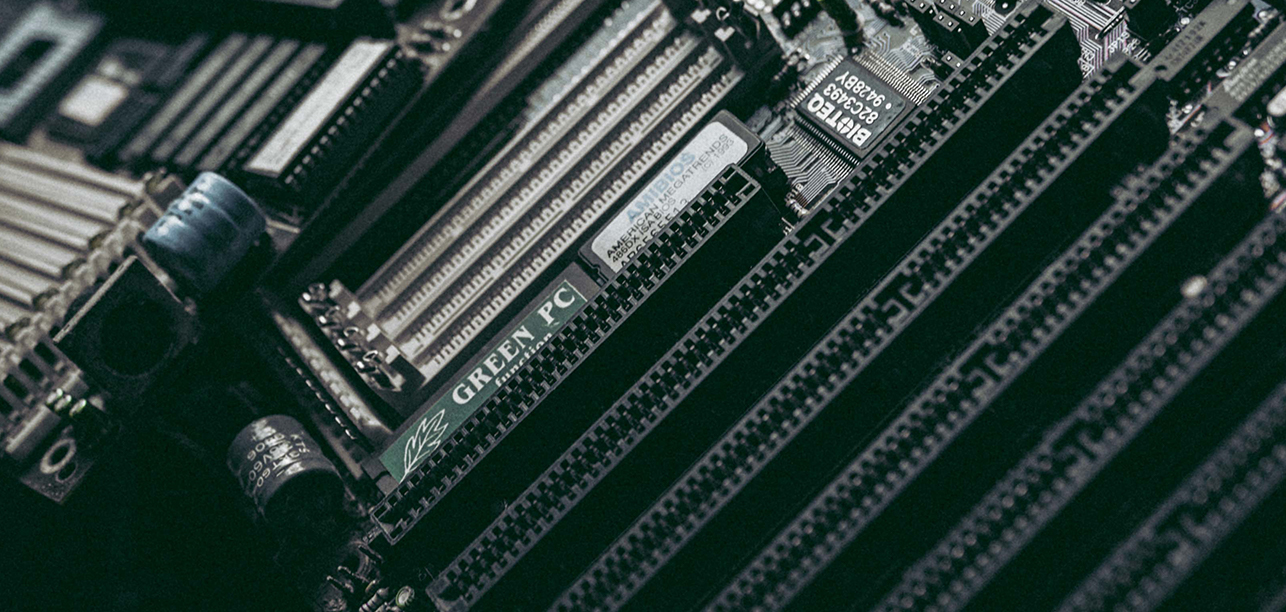
 Gaining insights from big data is no small task. Having the right technology in place to collect, manage and analyze data for predictive purposes or real-time insight is critical. Different types of data may require different computing platforms to provide meaningful insights. Understanding the difference between data in motion vs. data at rest can help determine the type of technology and processing capabilities required to glean insights from the data.
Gaining insights from big data is no small task. Having the right technology in place to collect, manage and analyze data for predictive purposes or real-time insight is critical. Different types of data may require different computing platforms to provide meaningful insights. Understanding the difference between data in motion vs. data at rest can help determine the type of technology and processing capabilities required to glean insights from the data.
Data at rest
This refers to data that has been collected from various sources and is then analyzed after the event occurs. The point where the data is analyzed and the point where action is taken on it occur at two separate times. For example, a retailer analyzes a previous month’s sales data and uses it to make strategic decisions about the present month’s business activities. The action takes place after the data-creating event has occurred. This data is meaningful to the retailer, and allows them to create marketing campaigns and send customized coupons based on customer purchasing behavior and other variables. While the data provides value, the business impact is dependent on the customer coming back in the store to take advantage of the offers.
Data in motion
The collection process for data in motion is similar to that of data at rest; however, the difference lies in the analytics. In this case, the analytics occur in real-time as the event happens. An example here would be a theme park that uses wristbands to collect data about their guests. These wristbands would constantly record data about the guest’s activities, and the park could use this information to personalize the guest visit with special surprises or suggested activities based on their behavior. This allows the business to customize the guest experience during the visit. Organizations have a tremendous opportunity to improve business results in these scenarios.
Infrastructure for data processing
You might be wondering what type of IT Infrastructure would be needed to support data processing for both of these types. The answer depends on which method you choose, and your business objectives for the data.
For data at rest, a batch processing method would be most likely. In this case, you could spin up a bare-metal server during the time you need to analyze the data and shut it back down when you are done. With no need for “always on” infrastructure, this approach provides access to high-performance processing capabilities as needed.
For data in motion, you’d want to utilize a real-time processing method. In this case, latency becomes a key consideration because a lag in processing could result in a missed opportunity to improve business results. By eliminating the resource constraints of multi-tenancy, bare-metal cloud offers reduced latency and high performance levels, making it a good choice for processing large volumes of high-velocity data in real time.
Both types of data have their advantages, and can provide meaningful insights for your business. Determining the right processing method and infrastructure depends on the requirements for your specific use case and data strategy.
Learn more about the benefits of bare-metal cloud for different types of big data workloads.


